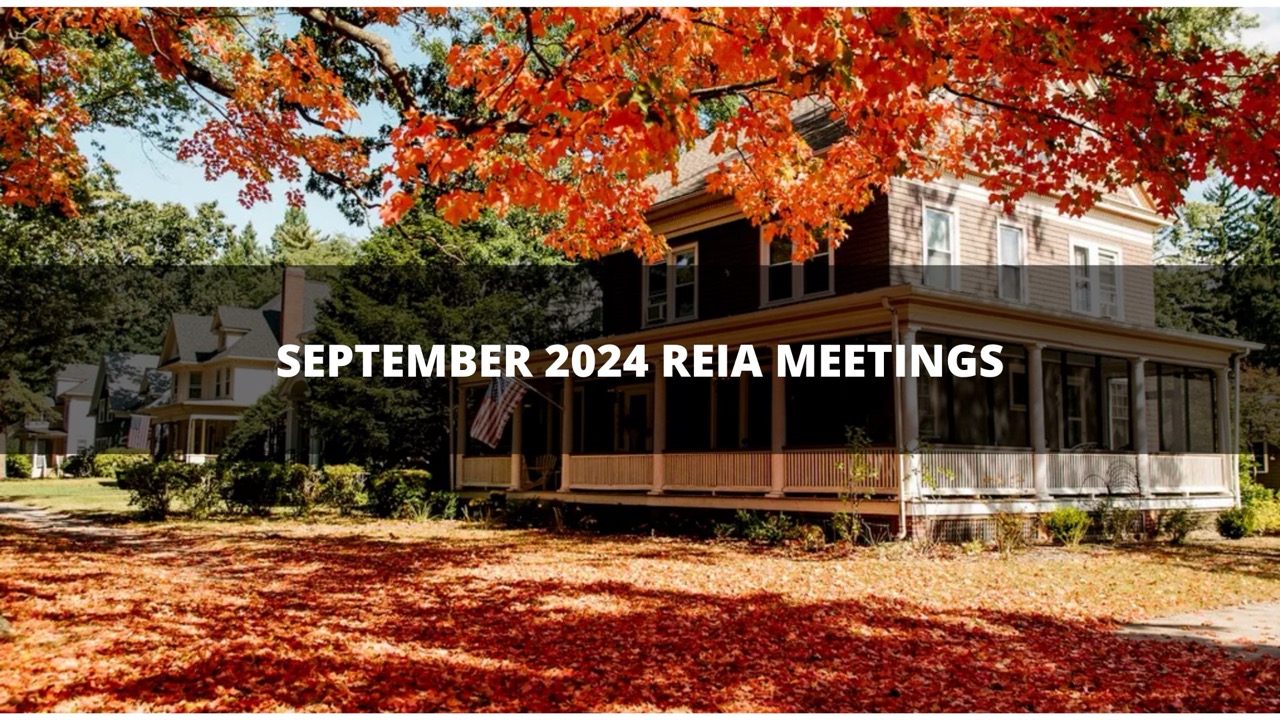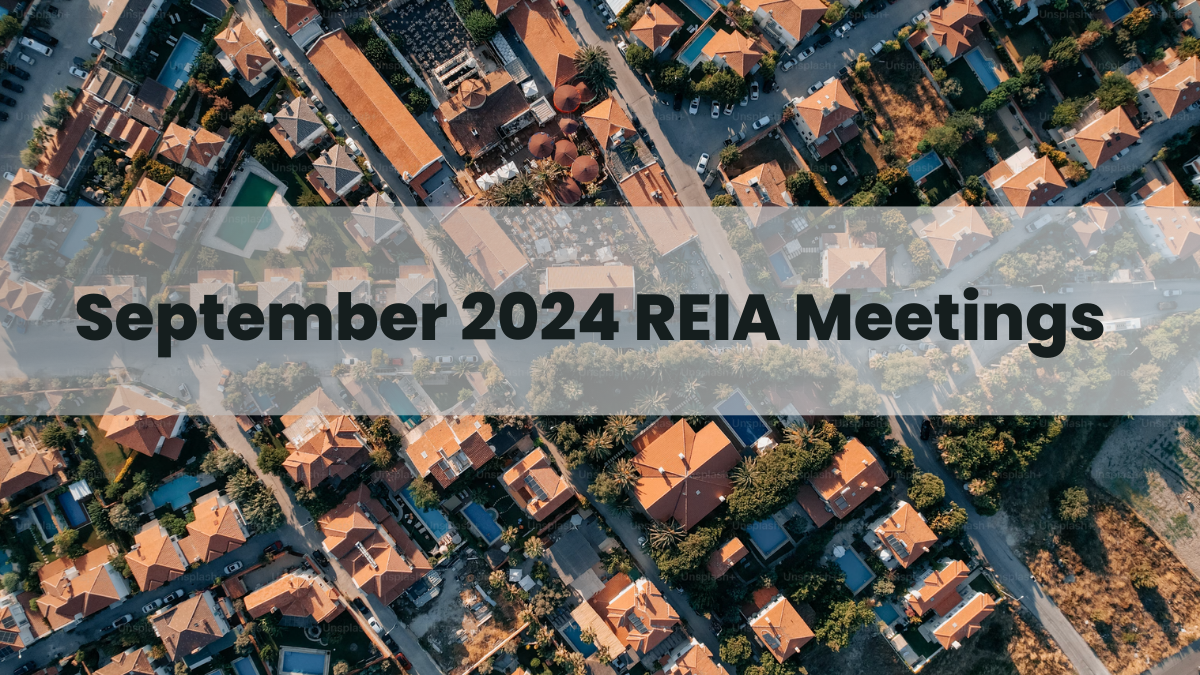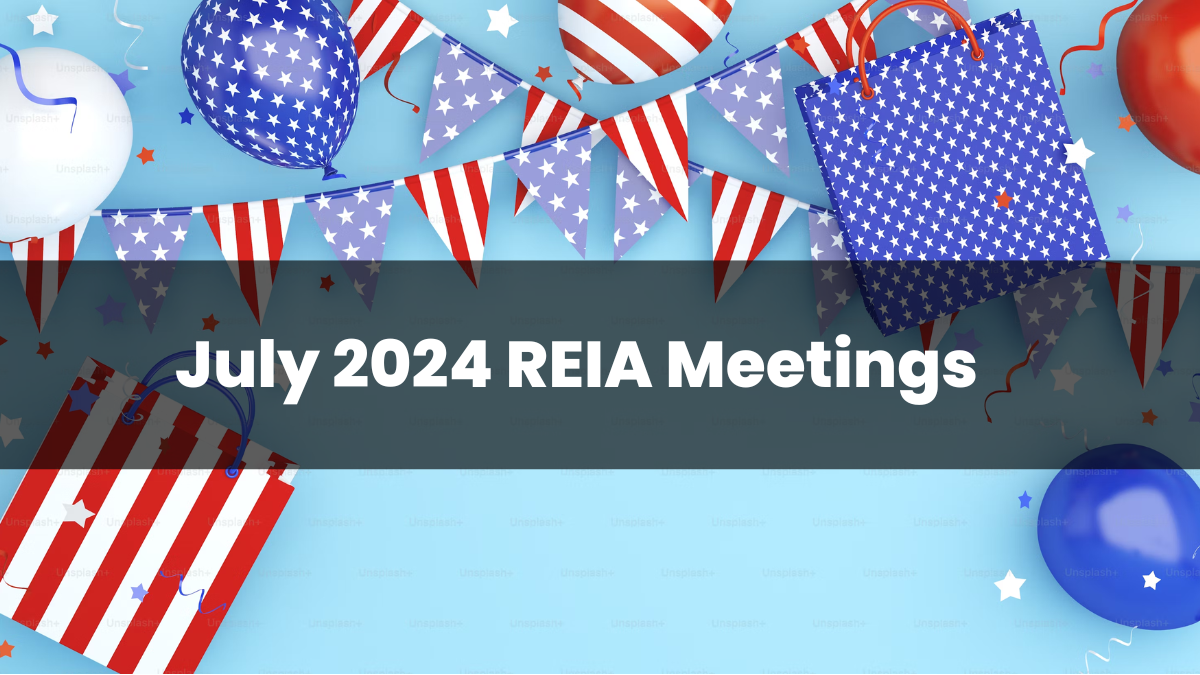The Basics of Foreclosure – Part II
I hope you had a great weekend! Last week I started this series about foreclosure; if you missed it, you can go here and read about pre-foreclosure and foreclosure. This week, I want to share with you some information about real estate owned (REO or OREO) foreclosure.
The REO Stage
This stage takes place after the property has been foreclosed, and it’s been taken back by the lender. The term “REO” stands for “real estate owned.” It’s also commonly known as “OREO” (other real estate owned). Typically, there are many of these properties available on the market, and, on the face of it, they might look like bargains. But a closer look reveals some real roadblocks to making a profit:
Roadblock 1: Most are sold through real estate brokers. This means they’re sold at full market value, so there’s little incentive for you to purchase one because there’s no real profit in it.
Roadblock 2: There are many rules you have to follow. Many lender-owned properties are HUD (Department of Housing and Urban Development) or DVA (Department of Veterans Affairs) homes. This means you’ll need to follow a strict set of rules that are enforced by the federal government. Plus, on other non-HUD and non-VA properties, you’ll have to follow the rules set up by the lender. In short, you could be facing a lot of hassles that you won’t face in the pre-foreclosure market.
Roadblock 3: You’ll need verifiable proof of funds. As in the foreclosure stage, no one wants amateurs with no money slowing down the sale process, so you’ll need to have funds on hand to pay the down payment and closing costs. You’ll also need to prove that you’ve been pre-approved for a loan to finance the purchase.
Roadblock 4: You don’t have the opportunity to do an inspection of important home systems. Many REO properties are vacant, and all important systems — electrical, heating/cooling, plumbing, natural gas, water, etc. — are turned off. This means you can’t inspect these systems. Since they can be extremely expensive to repair, you definitely don’t want to invest in a property without knowing their condition.
Roadblock 5: REO sales are final! All these sales are “as-is,” so if there are problems with the property, you’re stuck with them. Problems can range from environmental concerns (mold, asbestos, lead-based paint, etc.) to hidden structural damage. They can all be expensive to correct, and, legally, you have no opportunity to seek compensation from the seller.
From the above information, you can see why I feel the pre-foreclosure stage is the best area to target. It offers the greatest profit potential, the fewest hassles, and the least amount of risk.
Next week, we’ll take a look at foreclosure through the eyes of the property owner so you can fully understand the options they have when facing foreclosure. This will help you to show them the benefits of working with you in the pre-foreclosure stage rather than undergoing the difficulties of foreclosure.
To Fun, Fortune, & Freedom!
Tim Mai
Lead Mentor
MyHouseDeals.com




